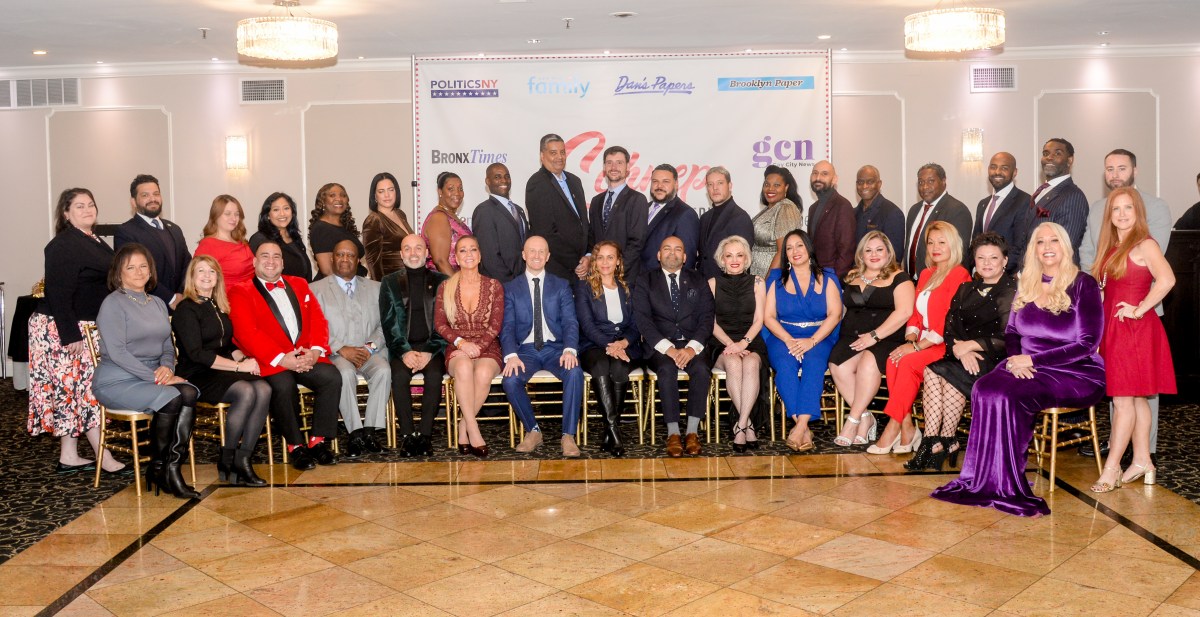In the midst of the wide-spread euphoria about the debatable real and actually imagined qualities, achievements and benefits of the fantasy movie, “The Black Panther,” it is good to remember that no matter how long we stay in the theater and no matter how many times we return to cheer, clap and dance in the dark, sooner or later the lights will come on, and we will have to exit and confront the off-screen, cold-water reality of America. We must know in moments of clarity and calm consideration, that even if we wish it to be otherwise, this is only a movie, a comic book story on screen and we have every right and at least some reasons to enjoy it as we wish. But talking about it as if it is a pathway and push forward to liberation, resistance and racial pride runs recklessly into the face of reality and any concept of critical reasoning, and pretends for a movie what only a movement of hard work and long struggle can achieve.
And it is such an unbounded and unreflective embrace that leads to the “need” and tendency to deny the movie’s flaws, overlook its stereotypes and explain away its misrepresentations of continental African and African American culture and African peoples themselves; its discrediting and misrepresenting revolutionary struggle and resistance; and its cultivating the idea of the oppressor as an ally and enabler for African people.
Thus, so influenced we can overlook racist stereotypes of continental Africans in spite of their advanced technology: still carrying spears, even though sonic ones; trapped in “tribalism”; engaging in blood ritual battles to determine who will rule instead of using elections; and requiring the White CIA agent to save the Black woman and Black people from the Black man, asking the CIA agent to pilot their attack ship as if no Black person is technologically capable, assuring the agent “We’re counting on you.” And this in spite of the CIA’s brutal and bloody history and current activities in Africa and around the world. We can also explain away the reductive translation of relations of continental Africans and African Americans, using a dehumanized would-be liberation fighter that ends up being little more than a gangster from the ghetto, indicted from the beginning by his name “Kill-monger,” one who promotes and deals and participates in killing. And we explain away why a technologically superior country hides itself from Whites who obviously know it exists and whom it can easily protect itself from or defeat, does not defend the continent and its people, and spends its hours on screen fighting within itself.
The film’s appeal is understandable, not simply because of its favorably and mistakenly interpreted content, but also because of the favorable context in which it was produced and positioned. It comes at a time, as the audiences and onliners explain, when the attacks on African people, Black people, on the continent and in the diaspora, have taken a wild and openly racist turn. And the film becomes an alternative narrative for many to the rampant racist reductive translation and claims of who we are.
Moreover, many said it took them away from the more serious side of Black life, gave them a chance to relax and enjoy themselves watching a predominantly Black cast portray Black people highly advanced, in control of their lives and triumphant. And it was positioned in February, Black History Month, in which we traditionally celebrate and sing ourselves, reference and revisit our roots, identify and raise up heroes and heroines, extract lessons and models, and wonder out loud or silently “how we got over”, knowing deep down the struggle must and does continue.
But let’s face it, it was the marketing that created much of the marvel of the film. What film with Blacks as the subject has been so massively and skillfully advertised? Was “Selma” or “Malcolm X” or any other Black subject film made a must-see all over the world, with funds being collected and offered to send thousands of Black children to see it? And when have we seen almost every major media source doing approving and praising articles and commentaries on a Black subject coming attraction?
Surely, after all the before-now talk about the predatory and profit-seeking character and conduct of a racist and capitalist society, we can’t possibly not know that this marvel of marketing of make-believe and this apparent established order consensus of approval and praise of the film means that it is clearly profitable for them and problematic for us. Clearly, capitalism is in it for the money, but also for the message, a message which maintains dominance, cultivates loyalty to the system in spite of its White supremacist and capitalist character, and lowers the oppressed’s conception of what they deserve, what they think possible and what they should accept.
Indeed, it is a central Kawaida contention that one of the greatest powers of any society, class or race is the capacity to define reality and make others accept it even when it’s to their disadvantage. It is the Hon. Marcus Garvey who teaches us that the propaganda of the oppressor is one of the key “organized methods used to control the world”, that “propaganda has done more to defeat the good intentions of races and nations than even open warfare”. It is, he says, a regularly used organized method employed “to convert others against their will”, against their best views and values.
And Min. Malcolm taught us to reject and resist the power and manipulation of the media, a weapon used constantly in the war to win the hearts and minds of our people and other oppressed and turn them against themselves and others. The people in power, he says, are skilled at the science of image making and can “create a humanitarian image for a devil or a devil image for a humanitarian”. And they “can make the victim of a crime look like the criminal and can make the criminal look like the victim”. Indeed, Malcolm concludes, “If you aren’t careful the (media) will have you hating the people who are oppressed and loving the people who are doing the oppressing.”
Yes, it’s good to see Black people celebrating themselves, wearing African clothes, understanding themselves as African people, doing a version of the greeting / salute of the women of Us in the 60s, and discussing issues of right and wrong in the way we do politics, distribute wealth, share resources and honor our obligations of solidarity to our brothers and sisters at home and abroad. But can we move beyond movie inspiration and episodic engagement with ourselves and continuously engage each other and issues more extensive than the ones the movie provokes some of us to discuss? And can we do this, not to defend a movie and our liking it, but in defense and advancement of our peoples’ lives and interests and the well-being of the world?
Our oppressors tell us we were abandoned or marooned in America by our people, but we are our people, the ones the enslaver enslaved. And taking seriously the other meaning of maroon, we are at our best, the maroons of our history, the maroons of America, the people who in the midst of the Holocaust of enslavement dared to reject the established order, free themselves, be themselves and build free communities. It is a lasting legacy and unfinished fight, and we owe it to ourselves to maintain its commitment to resistance and struggle, regardless of the movies we like or the lands in which we live.
Dr. Maulana Karenga, professor and Chair of Africana Studies, California State University-Long Beach; Executive Director, African American Cultural Center (Us); Creator of Kwanzaa; and author of Kwanzaa: A Celebration of Family, Community and Culture and Essays on Struggle: Position and Analysis, www.Afric






















